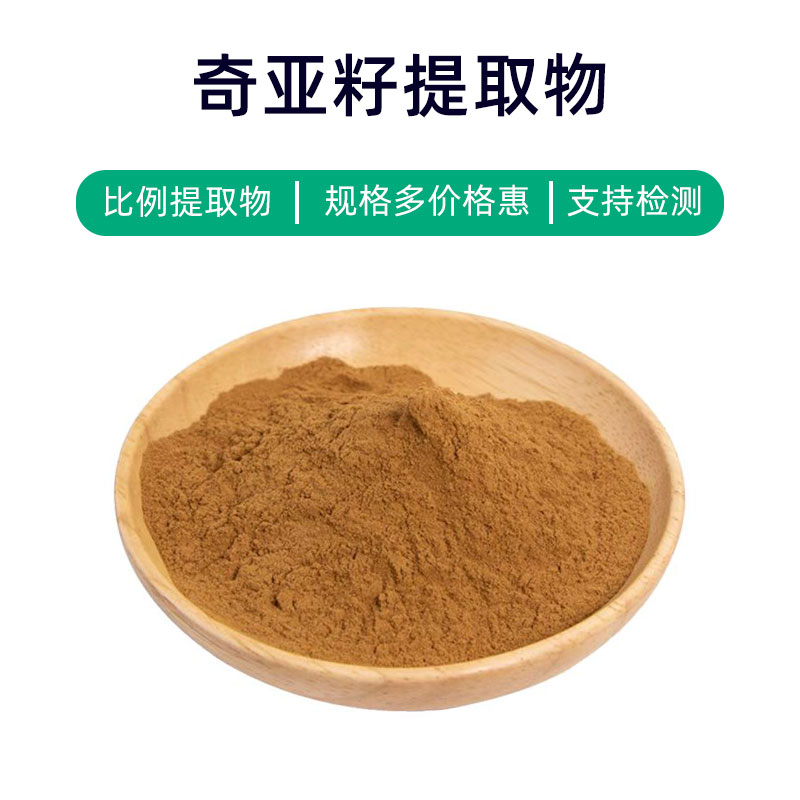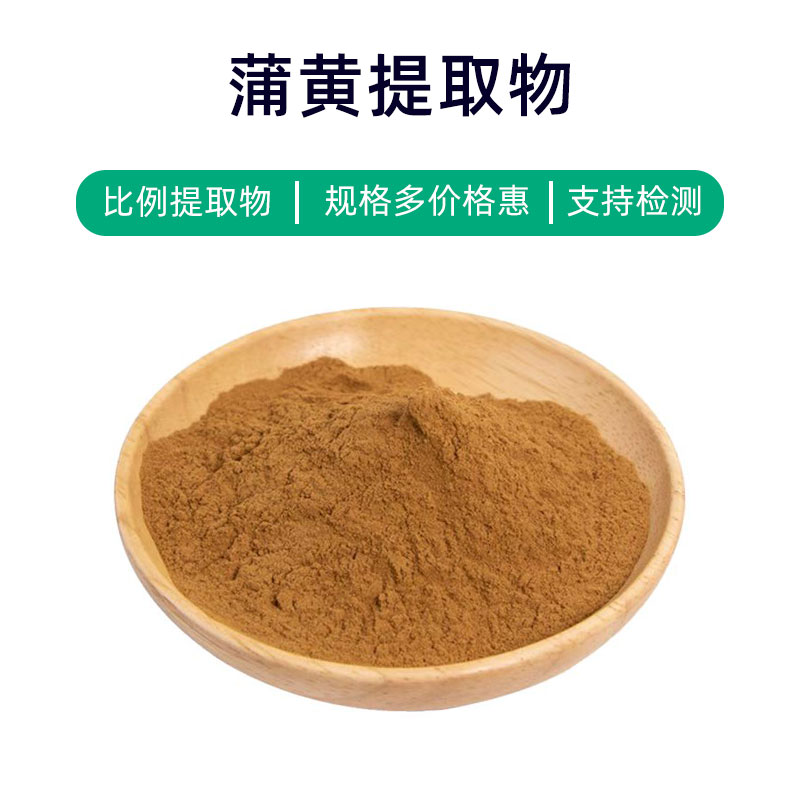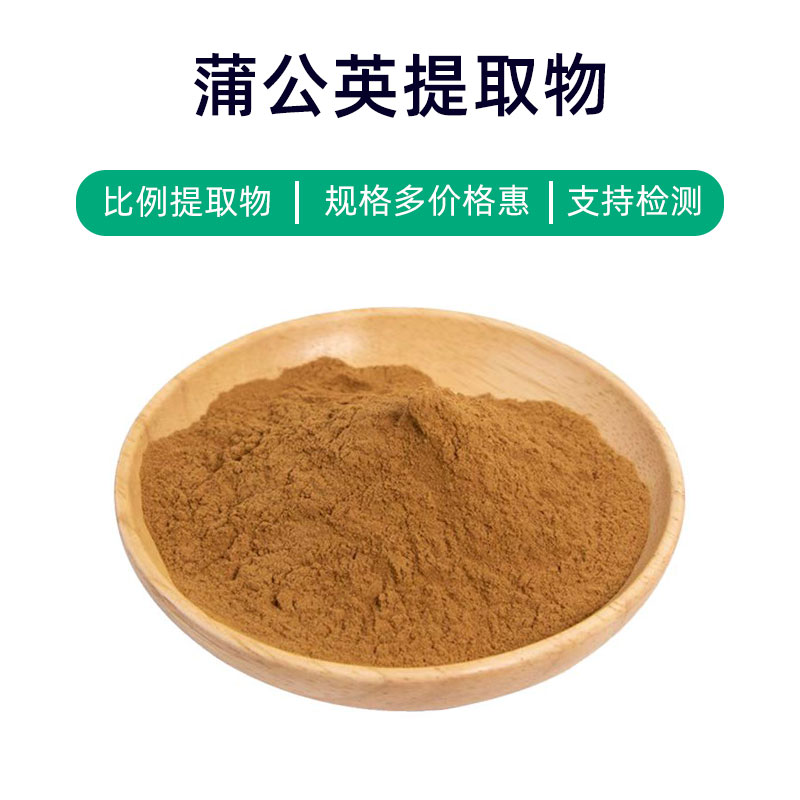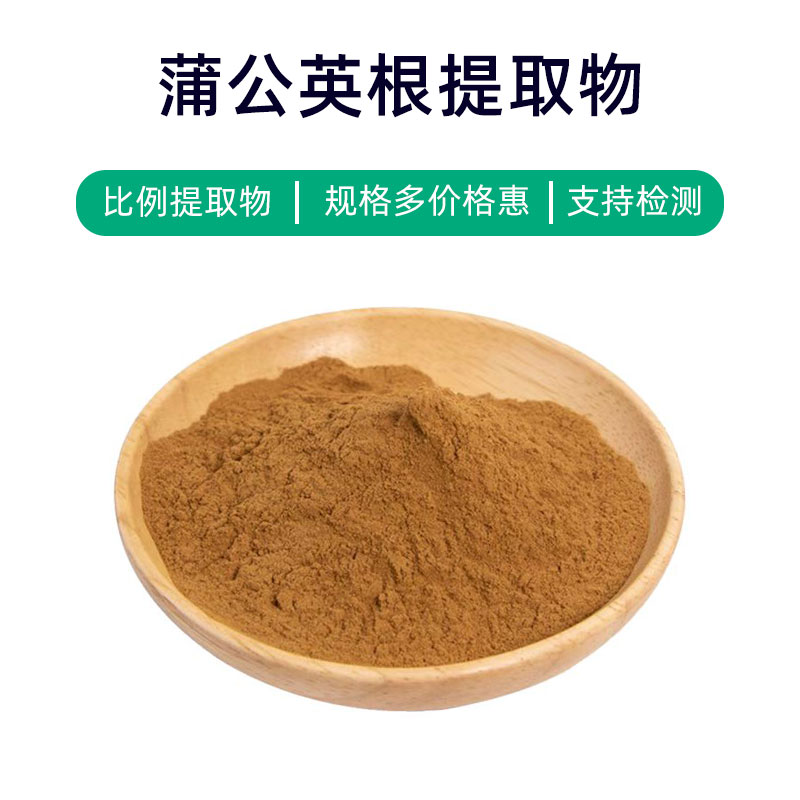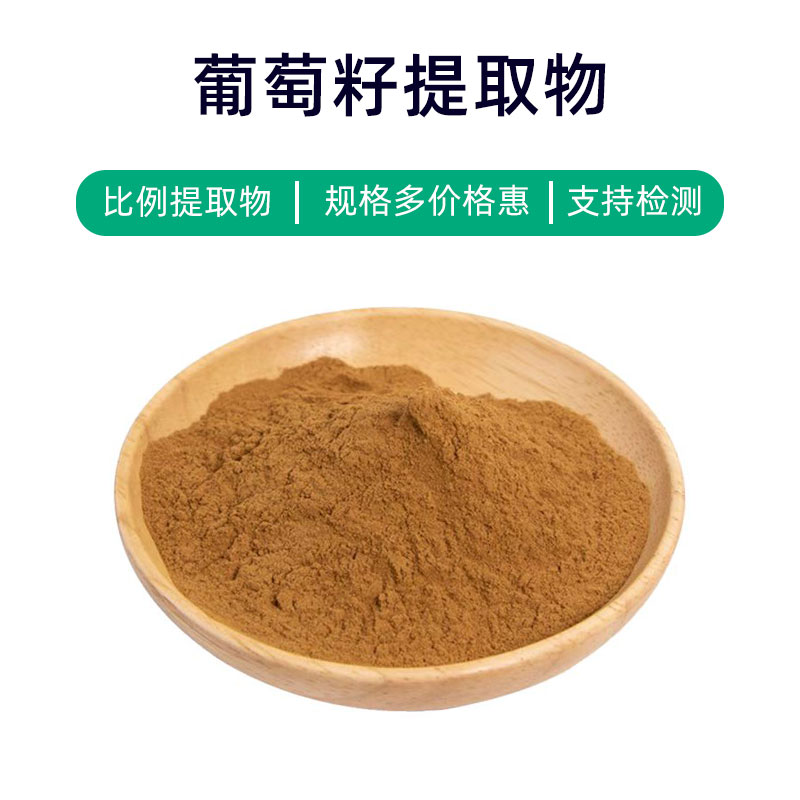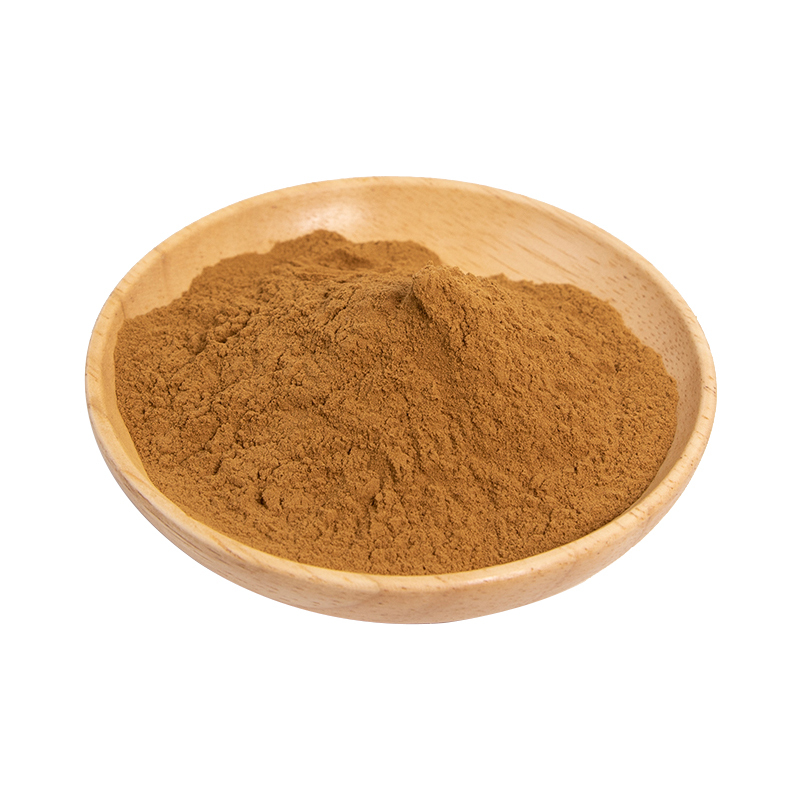African Plum Extract Product Introduction
African Plum Extract is a natural plant extract derived from the bark of the African Plum tree (Prunus africana). Its main active components include phytosterols, flavonoids, and tannins, which contribute to its numerous health benefits.
Firstly, African Plum Extract is widely used in the medicinal field. It is believed to possess anti-inflammatory, antioxidant, antibacterial, and antiviral properties, often used to improve prostate health and alleviate symptoms such as frequent urination, urgency, and pain.
Secondly, it is also commonly found in health supplements. Many believe it can enhance immunity, promote male health, improve urinary function, and support cardiovascular health.
Additionally, African Plum Extract is extensively used in cosmetics and skincare products. Its antioxidant and anti-aging properties help protect the skin from free radical damage, keeping it youthful, healthy, and smooth.
In summary, African Plum Extract, as a natural plant extract, offers various health benefits and is widely applied in the pharmaceutical, health supplement, and cosmetic industries, providing effective support for health and beauty.
Production Process of African Plum Extract
The production process of African Plum Extract typically involves the following key steps:
- Raw Material Preparation: First, high-quality bark from the African Plum tree is collected. The bark should undergo rigorous selection and cleaning to ensure the quality and purity of the final product.
- Crushing and Grinding: The collected bark is crushed and ground to increase its surface area, facilitating the extraction process.
- Extraction Process: Appropriate extraction methods, such as water extraction, ethanol extraction, or supercritical fluid extraction, are used to extract the active components from the bark. Extraction conditions should be controlled within suitable temperature, pressure, and time parameters to ensure extraction efficiency and product quality.
- Concentration and Filtration: The extracted liquid is concentrated to remove excess solvent or moisture and filtered to remove impurities and solid particles, resulting in a purer extract.
- Drying: The concentrated extract is dried, typically using spray drying, vacuum drying, or freeze-drying methods, converting it into a powdered or granular final product.
- Quality Inspection: The product undergoes quality inspection, including testing for active ingredient content, heavy metals, and microbial levels, ensuring compliance with relevant standards and regulations.
- Packaging and Storage: Finally, the product is packaged and stored in a dry, cool, and ventilated environment to prevent moisture, contamination, or loss of active ingredients.
Following these production steps results in a stable, active ingredient-rich African Plum Extract to meet the needs of pharmaceuticals, health supplements, cosmetics, and more.
Effects and Side Effects of African Plum Extract
African Plum Extract is a natural plant extract with multiple effects and applications, widely used in pharmaceuticals, health supplements, and cosmetics. The following are its main effects:
- Antioxidant Action: African Plum Extract is rich in antioxidants like polyphenols and vitamin C, effectively scouring free radicals, slowing cellular oxidative damage, and delaying the aging process.
- Anti-Inflammatory Action: Studies have shown that African Plum Extract possesses significant anti-inflammatory properties, which can alleviate inflammation related to arthritis, dermatitis, and other inflammatory conditions.
- Immune Modulation: The active components in African Plum Extract can regulate immune system functions, enhancing immunity and helping to prevent and treat infectious diseases.
- Antibacterial Action: Some research indicates that African Plum Extract has inhibitory effects on various bacteria and fungi, making it useful for preventing and treating bacterial infections.
- Anti-Cancer Activity: Some studies suggest that compounds in African Plum Extract have inhibitory effects on certain cancer cells, indicating potential as a candidate for anti-cancer drugs.
- Skin Protection: African Plum Extract offers moisturizing, anti-wrinkle, and whitening benefits, making it suitable for skincare products, enhancing skin texture, and reducing the appearance of wrinkles and dark spots.
- Blood Sugar and Lipid Regulation: Research indicates that African Plum Extract can help regulate blood sugar and lipid levels, lowering cholesterol and triglyceride levels, thus providing auxiliary support in preventing and treating diabetes and cardiovascular diseases.
- Digestive Support: African Plum Extract may promote the secretion of digestive juices and increase gastrointestinal motility, improving indigestion and gastrointestinal dysfunction.
Despite its many benefits, potential side effects and precautions should be considered when using African Plum Extract. Some individuals may be allergic to it, leading to allergic reactions; long-term or excessive use may cause indigestion or damage to the liver and kidneys. Therefore, consulting with a physician or professional before use and adhering to recommended dosages is advisable.
Application Scenarios and Dosage of African Plum Extract
African Plum Extract has broad applications in the pharmaceutical, food, and cosmetic sectors, making it an important component in various products. Below are its application scenarios and recommended dosage:
- Pharmaceutical Field:
- Uses: African Plum Extract is often used to prepare health supplements and medications aimed at improving immune function, regulating blood sugar, and providing anti-inflammatory pain relief.
- Dosage: It is generally recommended that adults take 500mg-1000mg per day, with adjustments based on specific conditions and individual differences. Doses for children and the elderly should be halved and used under medical supervision.
- Food Industry:
- Uses: African Plum Extract can serve as a food additive in health foods and functional beverages, imparting antioxidant and antibacterial properties to products.
- Dosage: Generally added according to the production formula, adhering to the maximum usage levels specified by food safety standards.
- Cosmetic Industry:
- Uses: Commonly found in skincare and beauty products, African Plum Extract offers benefits such as moisturization, antioxidant effects, and brightening properties, suitable for various skin types.
- Dosage: Typically used as one of the formulated components, added in accordance with product instructions to avoid excessive use that could lead to adverse reactions.
- Other Applications:
- In agriculture, African Plum Extract is also used as a plant growth regulator, enhancing the resilience and yield of plants.
- In environmental protection, it can be employed for water treatment and soil remediation, offering purification benefits.
Overall, African Plum Extract, as a natural plant extract, possesses various effects and shows promising applications across the pharmaceutical, food, and cosmetic sectors. However, attention to dosage and use is crucial, adhering to product guidelines or medical advice to ensure its safety and effectiveness.
Information on the Source Plant of African Plum Extract, Its Distribution, and Growing Environment
The African Plum (scientific name: Sclerocarya birrea) is a fruit tree native to the African continent, belonging to the Anacardiaceae family. Below is an overview of the source plant of African Plum Extract, its distribution, and growing environment:
- Plant Description:
- Appearance: The African Plum is a tall tree that can reach heights of over 20 meters, with a broad, rounded, or oval crown. The bark is grayish-brown, and its compound leaves are feather-like, with leaflets that are oval or elongated, leathery, and smooth.
- Flowers and Fruit: It bears small white flowers, typically blooming in the spring. The fruit is oval or egg-shaped, ripening to an orange-yellow or red color, with juicy flesh and a hard pit containing a kernel.
- Distribution:
- Growing Areas: The African Plum is primarily found in regions south of the Sahara Desert, particularly in southern, eastern, and central Africa, including countries like South Africa, Zimbabwe, and Tanzania.
- Ecological Environment: Preferring warm and dry climates, the African Plum typically grows in sandy or gravelly soils in tropical and subtropical areas, requiring high levels of moisture and sunlight.
- Growing Environment:
- Climate: The African Plum is well-suited to dry climates and thrives in warm, sunny environments, demonstrating tolerance to high summer temperatures and drought.
- Soil: While the African Plum does not have high soil requirements, it favors loose, well-drained sandy or loamy soils and does not tolerate waterlogging or overly moist conditions.
- Growth Characteristics:
- Growth Rate: The African Plum grows quickly, often reaching several meters in height each year under favorable conditions.
- Adaptability: This species exhibits a degree of adaptability, thriving in arid, high-temperature, and nutrient-poor soil conditions, while withstanding a certain degree of salinity and alkalinity.
In summary, the African Plum is a fast-growing, highly adaptable plant primarily distributed across Africa's dry regions. It thrives in warm, sunny conditions, making it suitable for growth in sandy or gravelly soils, and is an important fruit tree in the region.
Processing and Storage of African Plum Extract
The processing and storage of African Plum Extract are crucial steps to ensure its quality and stability:
- Processing Steps: The processing of African Plum Extract typically involves the following steps: harvesting ripe African Plum fruits, removing the outer skin and extracting the flesh, followed by crushing, soaking, and filtering to extract the active components, ultimately leading to concentration and drying to obtain the extract.
- Storage Guidelines: To maintain the quality and stability of African Plum Extract, the following measures should be taken:
- Sealed Storage: Store the extract in dry, odor-free, sealed containers, avoiding direct contact with air, moisture, and light.
- Light Protection: Since African Plum Extract is sensitive to light, it should be kept in cool, dry, and ventilated conditions, protected from sunlight.
- Temperature Control: The extract should be stored at a consistent temperature to avoid extreme temperature influences.
- Moisture Prevention: Ensure storage containers are dry to prevent moisture and water from entering the extract, avoiding growth of mold and bacteria.
- Regular Inspection: Periodically check the extract for any unusual appearance or odor and act promptly if abnormalities are detected.
By following these storage methods, the shelf life of African Plum Extract can be effectively extended while maintaining its active components and efficacy, meeting the requirements across various fields.
Monica Sun is a seasoned expert in the plant extraction industry with over a decade of experience in research and production. She specializes in the extraction and purification of plant active ingredients, focusing on driving innovation in natural product applications. Monica has participated in the development of multiple functional plant extracts, delivering high-value natural raw material solutions for the health food, pharmaceutical, and dietary supplement sectors.









